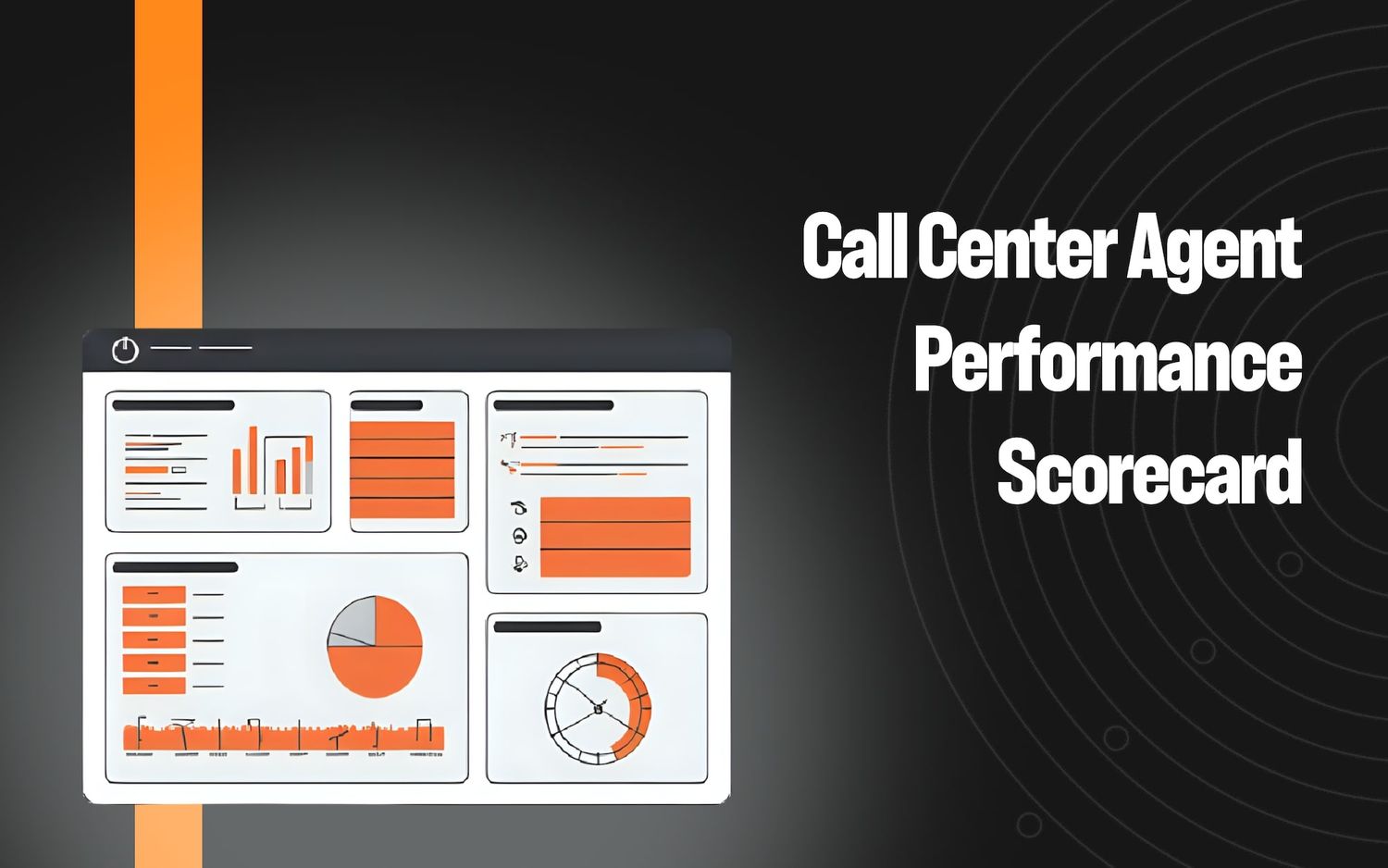What Is Average Handle Time and How to Manage It with AI



Customer call centers can track and evaluate several key performance indicators (KPIs). In this blog, we’re going to talk about one with direct impacts on customer experience and satisfaction — average handle time (AHT).
AHT is an important KPI for call center agents and managers to understand in order to better evaluate agent performance and customer interaction value.
Let’s dive in.
What Is Average Handle Time?
Average handle time (AHT) is a metric used by call centers to aid in providing better customer service by measuring agent efficiency. AHT is a direct measurement of how much time is needed to solve a customer’s issue.
Why is AHT important?
Your customers’ time is invaluable, and so is your agents’. Getting a handle on your AHT is not only a tool to aid in customer experience, but can vastly improve your efficiency.
Consumer attention span has dropped significantly in recent years, and it continues to decline. In fact, the average consumer attention span reached its lowest ever at eight seconds.
We’re not saying that call center agents need to resolve customer issues in eight seconds, but with customer patience dwindling, the more quickly a resolution can be reached, the more satisfied the customer and the more likely you are to maintain that vital relationship.
How to calculate AHT
Average handle time includes more than just the time on the phone or engaging in conversations with the customer. There are three primary factors in calculating average handle time:
- Total call time: The amount of time spent on the phone with customers in total
- Total hold time: The amount of time customers spent either on hold or being transferred between agents
- Follow-up tasks time: The hardest data point to pin down, this accounts for all of the time that the call center spends on tasks after the customer phone call
To transform these three elements into a calculable number used to evaluate performance and interaction value, use the AHT formula:
AHT = Total time spent on the call with the customer + total hold time + total time spent doing follow-up tasks divided by the total number of calls during a given period of time
Let’s look at an example. If we assume a call center is tracking 2,000 minutes of total daily talk time and 2,500 minutes of daily hold time. In addition, they’re spending 2,800 minutes per day on follow-up tasks for 300 customer conversations. Their AHT calculations would be:
2,000+2,500+2,800 = 7,300n7,300/300 = 24.3 minutes Average Handle Time
Measuring Average Handle Time
Now that you know how to calculate your AHT, what can you use that data for? How can call center managers assess whether a calculated AHT is satisfactory or needs improvement?
These answers vary based on your industry and the nature of your calls.nnThere can be as much as a five-minute difference between effective AHTs across different industries, from manufacturing to retail, for example. However, a good average to use as a baseline is the average across industries, which is six minutes and three seconds.
It’s essential to use other resources to get a good understanding of how long is too long when it comes to average handle time for your unique customers.
Some important factors to consider when measuring if your call center’s handling time is too long can include but are not limited to:
- Poor customer satisfaction surveys: Feedback from your customers can show that they are unhappy with the service and experience given to them
- Repeat calls: Multiple calls to solve a single issue can cause customers to become dissatisfied, leading to a negatively impacted AHT
- Unhappy reviews: Scan through customer reviews online to identify if customers indicate that they spent too long on the phone with your agents or whether their calls were taken at all
To get a real sense of overall customer satisfaction with your call center, you must compare your AHT to other KPIs like CSAT. By making this comparison, you’ll be able to draw a link between your agent’s productivity and helpfulness and your customers’ perception of these things.
The Benefits of Good Average Handle Time
The impact of good AHT reaches far beyond the obvious improved customer satisfaction.
Improving your handling time can cause improved overall customer experience, better operational performance, and reduced operational costs through higher overall efficiency.
Modern customers expect efficiency in all support interactions. The likelihood is that a customer calling into a contact center has experienced an issue or inconvenience. AHT is an indicator of your agents’ ability to mitigate concerns and provide customers with the service they expect from a support call center.

5 Steps to Reduce AHT
Every industry, company, and contact center is different, which means there are different environmental factors that impact the average handle time in every call center.
There are a few important factors across every industry and organization, though, that can help to reduce AHT and increase customer satisfaction.
1. Provide diligent agent training and internal knowledge bases
Time is wasted if an agent doesn’t know or can’t find the answer to a simple customer question. Knowledgeable agents can cut down inquiry time directly. There are practices that can be baked into daily operations, like recording calls to be used in ongoing training.
This Knowledge bases provide a great training tool that allows agents and managers to get a better handle on customer engagement, reactions, and the overall experience. Building a robust internal knowledge base where questions can be answered quickly immensely improves an agent’s ability to assist a customer effectively.
2. Offer self-service options
Providing self-service options for your customers to get questions answered is a major way to reduce AHT. A built-out knowledge base, FAQ, or forum page can empower customers to answer their own questions before picking up the phone to call a support agent.
Implementing AI alongside these self-service content libraries is a great next step in the AHT improvement process. By pre-loading a website chatbot with the answers to customers’ everyday questions, you’re not only saving your agents time, you’re making customers feel heard and helped.
3. Monitor agent performance
There are several other metrics surrounding AHT that can be monitored alongside other call center KPIs:
- Average talk time: How long do agents spend physically speaking or communicating with customers?
- Average wait time: How long do customers need to wait before engaging in a conversation with a call center agent?
- Calls missed: What is the number of calls or communications that do not reach an agent at the time of initiation by the customer?
- Calls declined: What is the number of calls or communications that are directly declined by call centers, perhaps due to overwhelming call volume?
- Average hold time: How long are customers asked to wait on hold after reaching a call center agent to speak with?
4. Optimize internal communication methods
Call centers must have an effective routing system in place. Incorrectly routed, dropped, and on-hold calls all contribute to a poor AHT. Agent’s being able to connect with one another to collaborate on customer issues outside of a phone call can get down to the resolution much faster.

5. Streamline follow-up task time
Remember that time spent on follow-up tasks is one-third of the AHT formula. Ensuring that your agents are well-versed in CRM use is an excellent long-term way to improve your average handle time. Whether the solution is to implement a more effective CRM or to provide more frequent CRM training, you will see a significant decrease in follow-up time spent.
Optimize Call Center AHT Performance with Level AI
Even with the calculations and formulas in your arsenal, it can be challenging for call center managers to effectively collect AHT data, analyze it, and apply it to optimize call center agent performance and customer satisfaction.
The experts at Level AI can help your call center improve its average handle time and agent performance with our advanced call center quality management solution. Here are next steps you can take:
- Talk to a contact center professional to see if Level AI is right for you.
- Explore the Contact Center Content Hub to get the latest info for agents and QA teams.
- Watch this Level AI overview video to see how we’re disrupting the Contact Center as a Service (CCaaS) market.
Keep reading
View all





